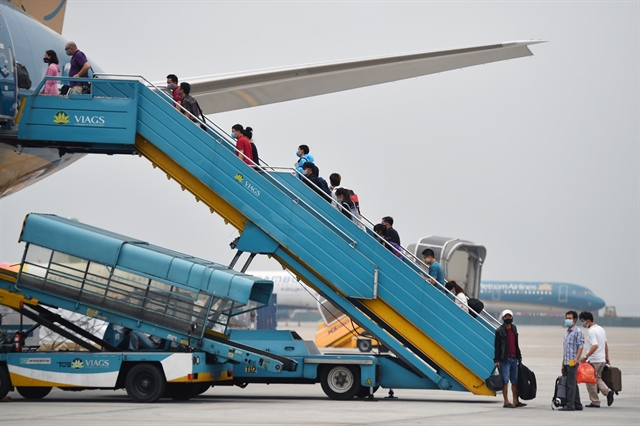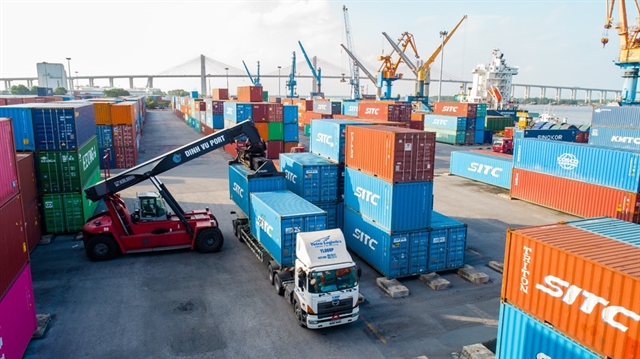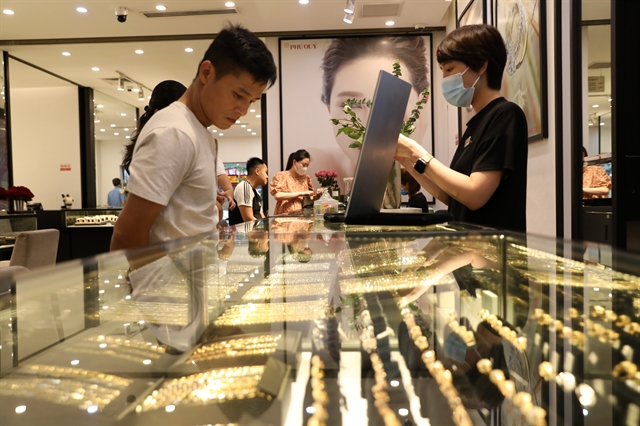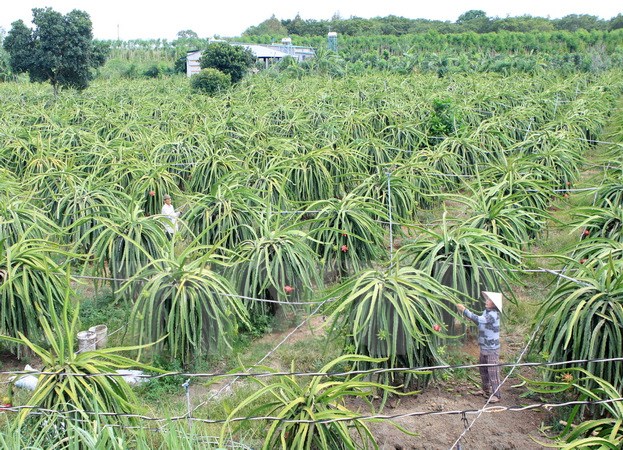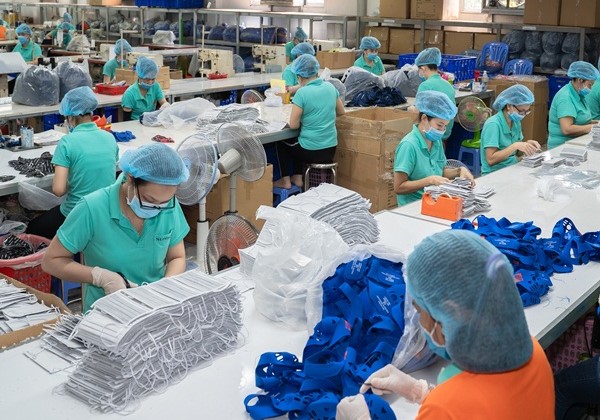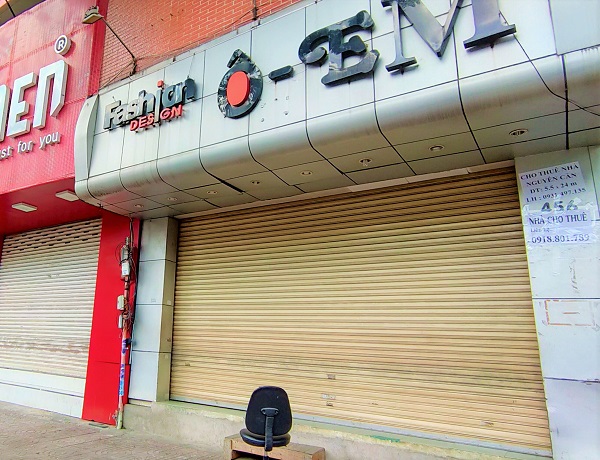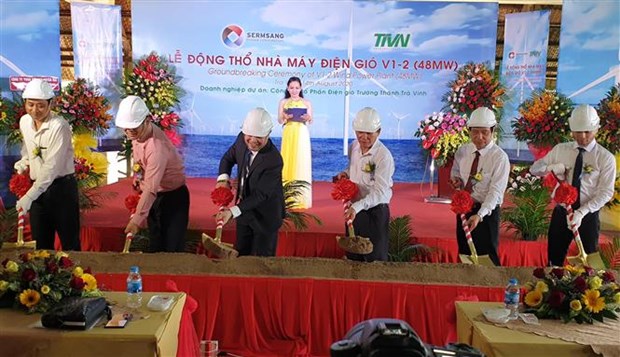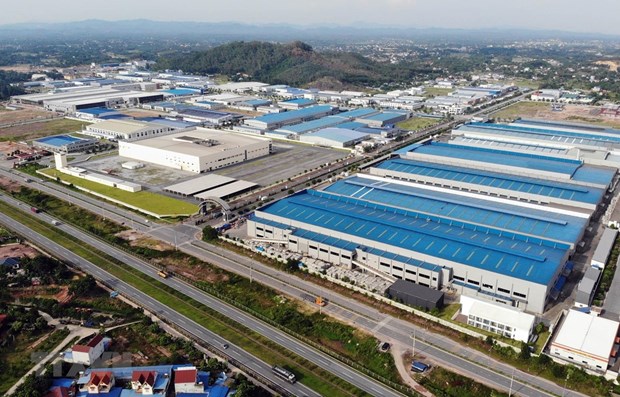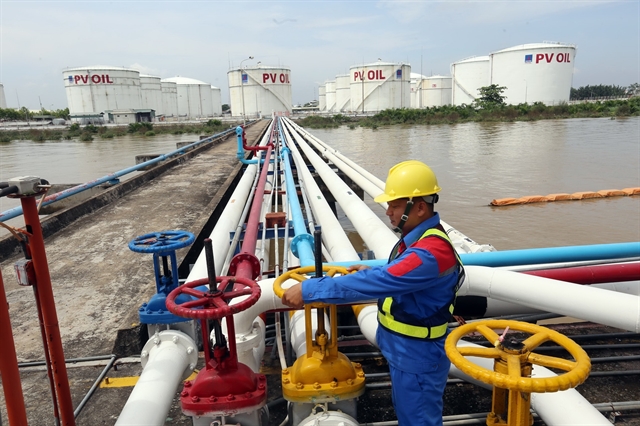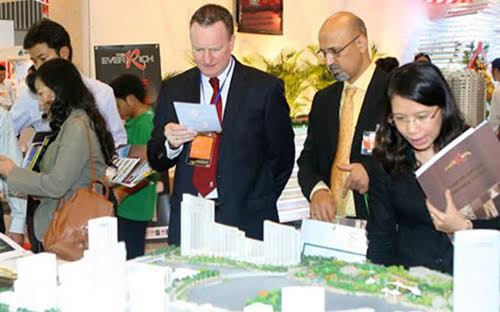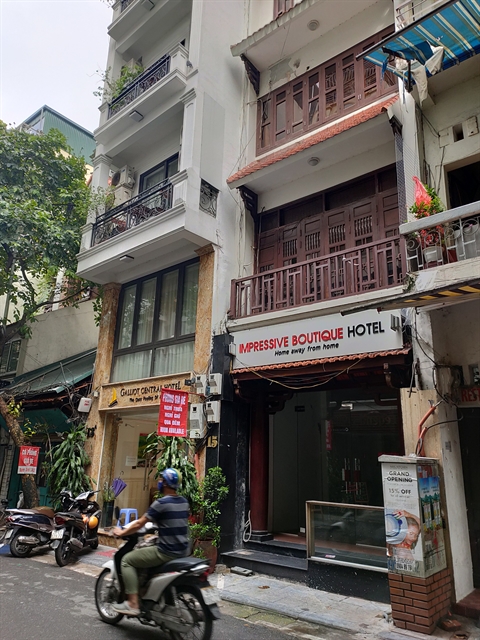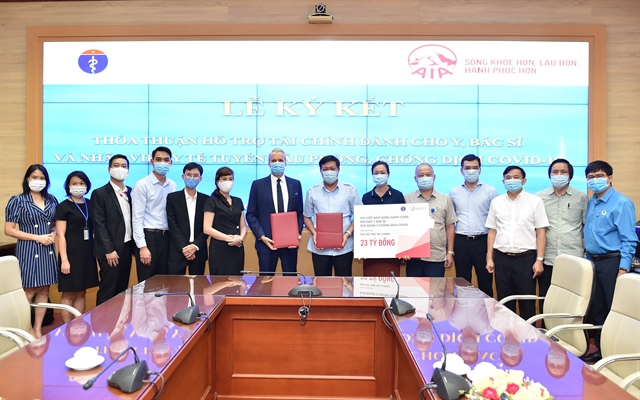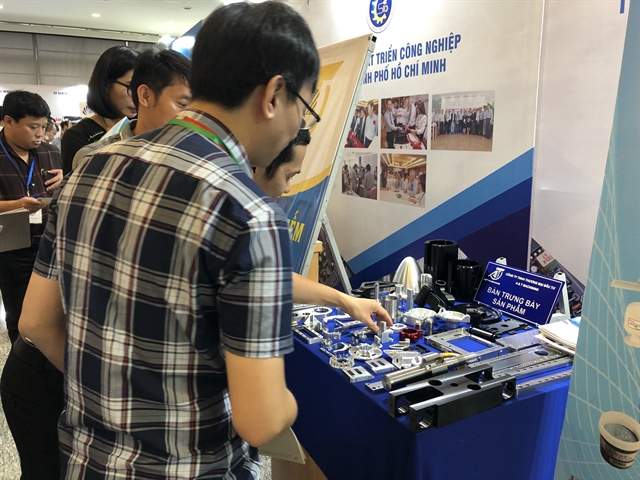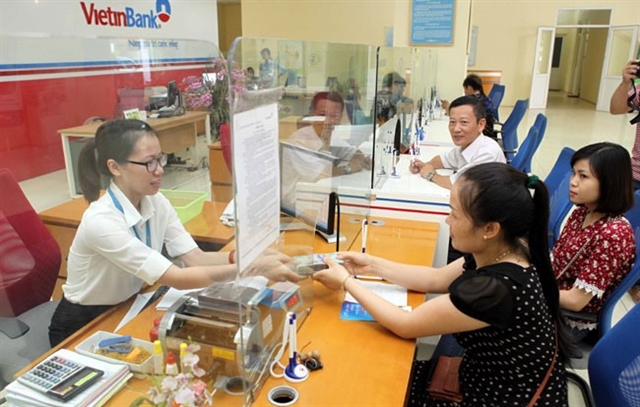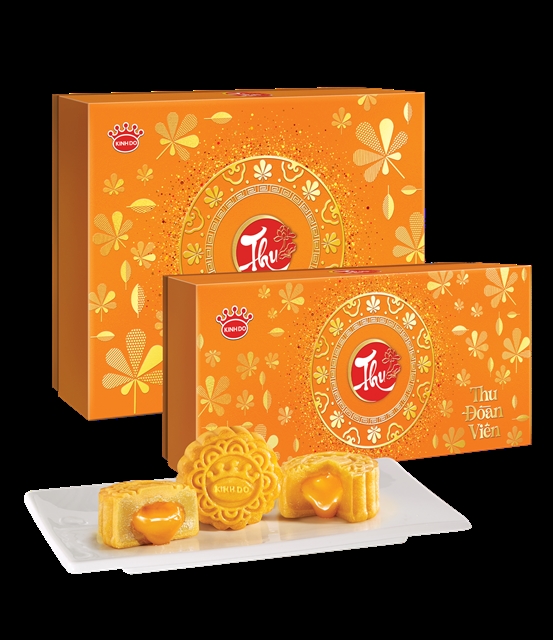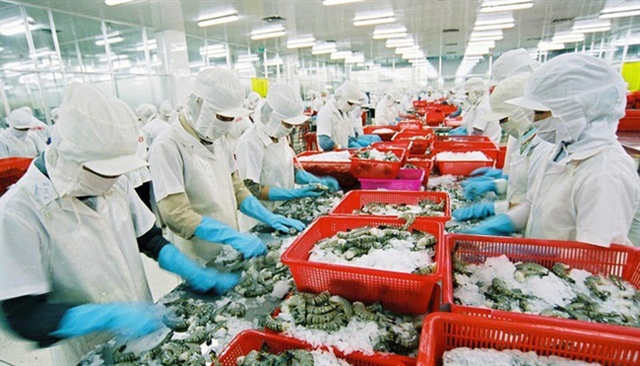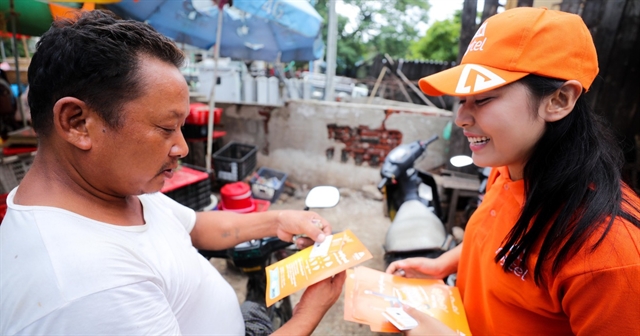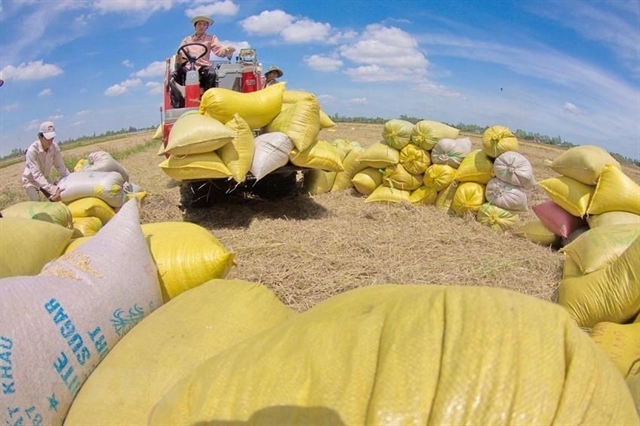
HÀ NỘI — The price of Vietnamese rice has increased since mid-July and exceeded Thailand’s to become the highest in the world for some types, according to the Việt Nam Food Association (VFA).
VFA’s updates late last week showed Việt Nam’s 5 per cent broken white rice was traded at US$493-497 per tonne, compared to $473-477 of the same type of Thailand, $423-427 of Pakistan and $378-382 of India.
Nguyễn Văn Đông, director of Việt Hưng rice milling, processing and trading company, said export prices of some types of Vietnamese rice were now higher than Thailand’s. This was the first time in the past three decades Vietnamese rice prices reached Thailand’s and even outstripped as for the case of 5 per cent broken rice, Đông said.
One of the reasons was that the Thai Baht was gaining against the US dollar, causing disadvantages for Thailand’s exports, which together with a shortage of supply of 5 per cent broken rice in the market pushed up the price, Đông said.
Many other Vietnamese rice types also had good prices, such as DT8 rice traded at $570 per tonne, compared to $540 of the previous crop, and OM5451 rice at $540-550 per tonne compared to $500 of the previous crop.
An important factor was that the quality of Vietnamese rice had improved significantly, he said.
According to Phạm Thái Bình, director of Trung An Hi-Tech Agriculture Joint Stock Company, Cần Thơ City, the European Union – Việt Nam Free Trade Agreement (EVFTA) was also bringing benefits to Việt Nam’s rice export.
Under the EVFTA, Vietnamese milled and jasmine rice would be given a zero tariff rate for a quota of 80,000 tonnes per year, which would give Vietnamese rice a competitive advantage in the EU.
To solidify the position of Vietnamese rice in the world market, exporters must work to negotiate prices compatible with the value and quality of the grain, and at the same time share profits with rice growers to help Việt Nam's rice production and exports develop sustainably, Bình said.
Trần Thanh Hải, deputy director of the Ministry of Industry and Trade’s Import-Export Department, said Việt Nam’s rice export to the EU remained modest at about 20,000 tonnes annually, worth $10.7 million in 2019. The EU market consumed about 2.5 million tonnes of rice per year in 2016-20.
The EVFTA was opening the door for Vietnamese rice to expand in the EU with an export tariff of zero per cent applied for a quota of 80,000 tonnes per year, Hải said.
He noted that the quota would be allocated by the EU to importers, urging Vietnamese export firms to proactively contact importers with the allocated quota.
Firms could access the EU’s website at ec.europa.eu and the Việt Nam Ministry of Industry and Trade’s e-portal for quota details once the allocation was available.
Regarding jasmine rice, the EU requires an authenticity certificate granted by Việt Nam so the grain can enjoy the zero export tariff.
Hải said the Ministry of Industry and Trade and the Ministry of Agriculture and Rural Development were collaborating to develop procedures for companies to register certification of authenticity.
The agriculture ministry’s statistics showed Việt Nam shipped 3.9 million tonnes rice abroad in January-July, worth $1.9 billion, down 1.4 per cent in volume against the same period last year but up 10.9 per cent in value. The Philippines remained the largest rice import market of Việt Nam with a share of 37 per cent. — VNS

